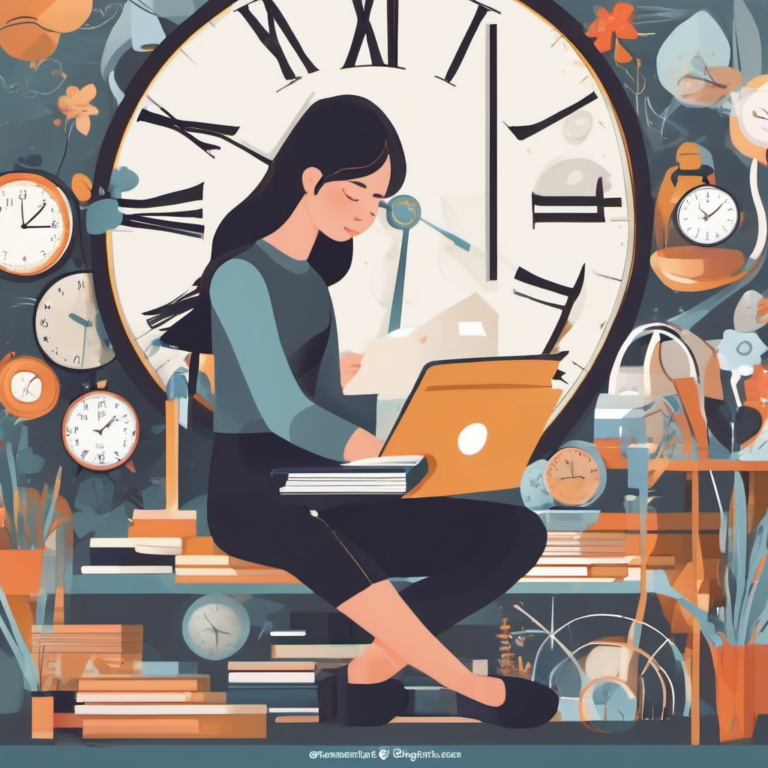Fall Hazard Reduction Strategies and Emergency Alerting Solutions
Fall Prevention and Emergency Alert Strategies
When we think about keeping ourselves safe at home or in public spaces, we often focus on the big stuff: locking doors, keeping fire extinguishers handy, or avoiding those sketchy alleys at night. But there’s an invisible danger lurking in the everyday—falls. Falls are among the leading causes of injury, particularly for older adults. So, let’s chat about fall hazard reduction strategies and emergency alerting solutions that’ll keep you or your loved ones safe.
Understanding Fall Risks: What’s the Big Deal?
First things first, let’s break down why falls are such a significant health concern. Did you know that one in four adults aged 65 and older falls each year? Crazy, right? These falls can lead to serious injuries like fractures, head trauma, and even a loss of independence. But what often catches folks off guard is that fall risks aren’t just about age. They can affect anyone.
Imagine this: you’re rushing to answer the phone, and your feet tangle in the rug, sending you spiraling to the floor. In an instant, you could find yourself in a world of pain. By identifying fall hazards, we can hedge our bets and protect ourselves and our loved ones.
Common Fall Hazards: What to Look For
So where do these lurking hazards typically live? Here are some common culprits:
- Clutter: Obvious but often overlooked. Stacks of books, shoes by the door, or unorganized cables can trip you up.
- Rugs and Mats: Those cute area rugs can be sly. If they don’t have grips or if they’re a bit curled at the edges, they can become a tripping hazard.
- Poor Lighting: Shadows can play tricks on the eyes. Dim areas make it easy to miss a step or a bad patch on the floor.
- Wet Floors: Spills happen! But if they’re ignored, they can lead someone to a nasty fall.
- Uneven Surfaces: Cracks in pavement or uneven flooring can easily catch you off guard.
Recognizing these hazards is the first step in avoiding falls. Just like cleaning out your closet can feel liberating, clearing your space of trip hazards can give you peace of mind.
Strategies for Hazard Reduction: Making Your Home Safer
Now that we’re aware of the lurking dangers, what can we do to reduce the risk of falling? Let’s break it down into actionable strategies that anyone can implement without needing a PhD in home safety!
1. Clear the Clutter
This one’s a no-brainer! Start by decluttering your home. Keep walkways and stairs clear, ensuring there are no tripping hazards. Guess what? A tidy space not only reduces risks but can also lower stress levels. Win-win!
2. Fix Uneven Surfaces
If you have cracked tiles or uneven floorboards, get them repaired. You might think it’s a small issue, but it can lead to significant accidents. You wouldn’t ignore a flat tire, right?
3. Embrace Good Lighting
Lighting matters! Install bright, soft white bulbs in all spaces, especially hallways, stairs, and entryways. Evening walks can be a nice way to unwind but are much scarier in a dimly lit area. A flip of a switch can keep you safe!
4. Use Non-Slip Rugs
If you love your area rugs, choose those with non-slip backing. If not, purchase rug grippers—they’re super affordable! Like a good pair of shoes, your rugs should stay put while you walk around.
5. Handrails are Your Friends
Make sure all stairways have sturdy handrails. If someone uses stairs without handrails, it’s like trying to row a boat without paddles—just not practical! Adding handrails can significantly reduce fall risks.
6. Wear Supportive Footwear
Choose shoes that fit well and provide security. Flip-flops or high heels might be cute, but they add an element of risk. Think of them as yacht sails in a storm. Practicality and safety come first!
Emergency Alerting Solutions: Your Safety Net
Despite our best efforts, accidents can still happen. That’s where emergency alerting solutions come into play. Imagine having a safety net that’s just a button press away.
1. Personal Emergency Response Systems (PERS)
PERS devices are lifesavers! They are worn around the wrist or neck and allow you to signal for help at the push of a button. It’s like having a guardian angel that’s always available.
2. Smart Home Technology
Smart devices can help alert you when something’s wrong. For instance, smart speakers can be programmed to contact emergency services if they detect a fall or a shout for help. It’s like having a personal assistant that’s always on call.
3. Wearable Technology
From smartwatches to health bands, many wearables now come equipped with fall detection features. If you take a tumble, the device can send alerts to emergency contacts. It’s a modern-day lifeline.
4. Regular Check-ins
Setup a system where family members or friends check in regularly. Just a quick phone call or text can ensure that everything’s okay, and if not, help can be summoned.
5. Community Alert Systems
Many communities have systems in place to alert residents of emergencies or risky situations. Either through a phone alert system or local apps, being informed and connected can provide peace of mind. Think of it as neighborhood watch but on speed dial!
Putting It All Together
Here’s the deal: while we may not be able to control everything, we can certainly take some proactive measures. Fall hazard reduction strategies paired with solid emergency alert solutions create a safer environment. Wouldn’t it feel good to know that you’re one step closer to ensuring safety for yourself and your loved ones?
As you incorporate these strategies into your daily life, remember that safety doesn’t have to feel heavy or burdensome. It’s about small changes that can lead to significant improvements.
Conclusion
At the end of the day, fall prevention is about giving you the freedom to live your life fully without the constant worry of an unexpected tumble. Whether you’re rearranging your furniture, investing in technology, or simply being more mindful about your surroundings, you’re making proactive strides towards safety.
So, gather your friends and family—let’s spread the word about the importance of fall hazard awareness and preparation. Safety starts with knowledge—let’s ignite that conversation!
FAQs
Q1: What are the main causes of falls at home?
A1: Clutter, poor lighting, uneven surfaces, and slippery floors are significant causes of falls in homes.
Q2: How can I make my bathroom safer?
A2: Use non-slip mats, grab bars in the shower, and consider installing a shower chair for added stability.
Q3: Are fall alert devices expensive?
A3: Prices for personal emergency response systems can vary, but many affordable options offer basic services.
Q4: What should I do after a fall?
A4: If uninjured, stay calm and assess the situation. If help is needed, use your emergency alert device if you have one, or call out for help.
Q5: Can physical activity help reduce fall risks?
A5: Absolutely! Regular physical activity strengthens muscles and improves balance, which can significantly lower the risk of falls.






